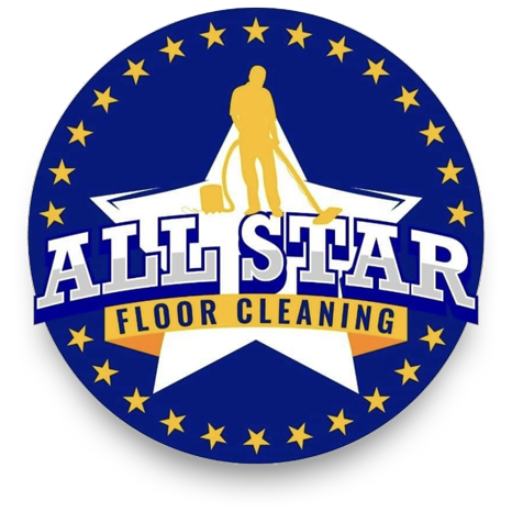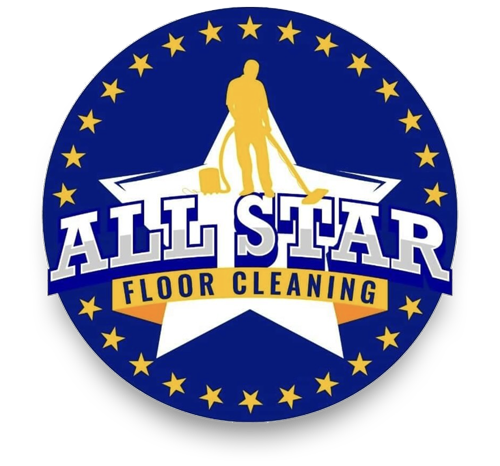
Why Professional Air Duct Cleaning Is Critical for Your Home’s Health
Most homeowners pay careful attention to the surfaces they can see—vacuuming carpets, dusting furniture, and scrubbing countertops. However, some of the most important areas affecting your home’s cleanliness remain largely out of sight: your air ducts. These hidden passages circulate air throughout your home, and when neglected, they can become repositories for dust, allergens, mold, and other contaminants that impact your indoor air quality and your family’s health.
The Hidden Importance of Clean Air Ducts
The average American spends approximately 90% of their time indoors, with much of that time at home. This makes the quality of your indoor air crucial to your overall health and well-being. Your HVAC system circulates air through your home 5-7 times per day, and with each cycle, airborne particles pass through your ductwork. Over time, these particles accumulate inside your ducts, creating a reservoir of potential contaminants that can be continuously recirculated throughout your living space.
Signs Your Air Ducts Need Cleaning
How do you know if your air ducts require professional attention? Look for these telltale indicators:
Visible Dust and Debris
One of the most obvious signs is dust accumulation around your vent covers and registers. If you notice that these areas become dusty shortly after cleaning them, it likely indicates a buildup of dust within your ductwork that’s being blown into your living spaces.
Increased Allergy Symptoms
If family members are experiencing worsening allergy symptoms while indoors—such as sneezing, coughing, congestion, or irritated eyes—your air ducts might be distributing allergens throughout your home. This is particularly common during seasonal changes when your HVAC system switches between heating and cooling modes, disturbing accumulated dust.
Unexplained Odors
Musty, stale, or unpleasant odors that persist despite regular cleaning may indicate mold, mildew, or bacterial growth within your air ducts. These microorganisms thrive in the dark, occasionally damp environment that ductwork provides.
Higher Energy Bills
When dust and debris build up within your ductwork and on your HVAC components, your system must work harder to maintain your desired temperature. This decreased efficiency translates directly into increased energy consumption and higher utility bills.
Recent Renovation or New Home Purchase
Construction work generates significant dust and debris that can infiltrate your ductwork. Similarly, if you’ve recently purchased a home, you have no way of knowing when the ducts were last cleaned—if ever.
The Surprising Contents of Dirty Air Ducts
Professional air duct cleaners often find more than just dust in residential ductwork. Common contaminants include:
- Dust mites and their waste products: These microscopic creatures thrive in the dust that accumulates in ductwork and are one of the most common indoor allergens.
- Pet dander: Even in homes with just one pet, significant amounts of pet dander can accumulate in ductwork, causing problems for those with pet allergies.
- Pollen: Outdoor allergens make their way indoors and can become trapped in your ductwork, causing year-round symptoms for seasonal allergy sufferers.
- Mold and mildew spores: Moisture within ductwork—common in humid climates—creates perfect conditions for mold growth, which can then spread spores throughout your home.
- Bacteria and viruses: These microorganisms can survive in ductwork and be distributed throughout your home, potentially increasing the risk of illness.
- Rodent or insect remains: In some cases, pest infestations can leave behind droppings, shed skin, and even deceased pests within ductwork.
For homes with specific concerns such as young children, elderly residents, or individuals with respiratory conditions like asthma or COPD, these contaminants can pose significant health risks.
The Professional Air Duct Cleaning Process
A thorough professional air duct cleaning involves more than just vacuuming out visible dust. Here’s what you can expect from a comprehensive service:
Initial Inspection and Assessment
The process begins with a detailed inspection of your HVAC system and ductwork. Technicians will check for dust accumulation, signs of mold or mildew, potential leaks, and any damage that might affect system performance. Many companies use camera systems to examine areas of ductwork that aren’t easily accessible.
Comprehensive Cleaning Methods
Professional duct cleaning requires specialized equipment designed to dislodge and remove accumulated debris:
- Negative air pressure systems: These powerful vacuums create suction throughout the ductwork, ensuring that dislodged contaminants are captured rather than released into your home.
- Rotary brushes and whips: These tools physically dislodge debris that has adhered to the interior surfaces of your ducts.
- High-pressure air tools: Compressed air devices help remove debris from areas that brushes cannot reach.
- HEPA filtration: Professional equipment incorporates HEPA filters to ensure that removed contaminants aren’t released back into your home.
Access Point Creation and Sealing
Technicians may need to create access points in your ductwork to ensure thorough cleaning. These openings are properly sealed afterward to maintain the efficiency of your system.
Component Cleaning
A complete cleaning includes attention to all components of your HVAC system:
- Air handler and blower motor
- Evaporator coil
- Drain pan
- Registers and grilles
- Return air ducts
- Supply air ducts
Sanitization
In cases where mold or bacterial contamination is present, technicians may recommend sanitizing the ductwork after cleaning. This typically involves applying EPA-approved antimicrobial treatments designed specifically for HVAC systems.
Final Inspection
Once cleaning is complete, technicians perform a final inspection to ensure all contaminants have been removed and that your system is operating correctly.
Benefits of Clean Air Ducts
Investing in professional air duct cleaning offers numerous advantages:
Improved Air Quality
By removing accumulated contaminants from your ductwork, professional cleaning significantly reduces the number of airborne particles in your home. This creates a healthier living environment, particularly for individuals with allergies, asthma, or other respiratory conditions.
Enhanced HVAC Efficiency
Clean ductwork allows air to flow more freely through your system, reducing the workload on your furnace and air conditioner. This improved efficiency can extend the life of your HVAC equipment and reduce the likelihood of breakdowns.
Energy Savings
When your HVAC system doesn’t have to work as hard to maintain your desired temperature, it consumes less energy. The EPA estimates that removing even a small amount of dust from heating and cooling systems can reduce energy consumption by up to 21%.
Reduced Allergens
Professional duct cleaning significantly decreases the amount of dust, pollen, pet dander, and other allergens circulating through your home, potentially reducing allergy symptoms and respiratory issues.
Odor Elimination
Removing mold, mildew, and bacteria from your ductwork eliminates many sources of unpleasant household odors, creating a fresher-smelling home.
How Often Should Air Ducts Be Cleaned?
The National Air Duct Cleaners Association (NADCA) recommends having your air ducts professionally cleaned every 3-5 years. However, several factors might indicate a need for more frequent cleaning:
- Homes with pets
- Residents with allergies or asthma
- Recent renovation or construction
- Previous or current mold issues
- Homes in areas with high outdoor pollution
- Visible insect or rodent infestation
- Water contamination or damage to the HVAC system
DIY vs. Professional Cleaning
While some homeowners attempt to clean their air ducts themselves, DIY approaches have significant limitations:
- Consumer-grade vacuums lack the power to create sufficient negative pressure
- Household tools cannot reach deep into ductwork
- Without proper equipment, DIY cleaning can actually release more contaminants into your home
- Improper techniques can damage ductwork or HVAC components
Professional duct cleaners have the training, experience, and specialized equipment necessary to thoroughly clean your entire system without causing damage.
When selecting a professional service, look for:
- NADCA certification
- Proper licensing and insurance
- Detailed written estimates
- References or reviews from previous customers
- Companies that follow NADCA’s standards and ethics
Conclusion
Your home’s air ducts play a crucial but often overlooked role in maintaining indoor air quality and HVAC system efficiency. Professional air duct cleaning removes years of accumulated dust, allergens, and contaminants, creating a healthier living environment and potentially reducing energy costs.
If you’ve never had your ducts cleaned, if it’s been several years since your last cleaning, or if you’re experiencing any of the warning signs mentioned above, scheduling a professional inspection and cleaning could significantly improve your home’s air quality and your family’s health.
Remember that while regular duct cleaning is important, it’s just one component of maintaining good indoor air quality. Regularly changing your HVAC filters, controlling humidity levels, and addressing any water leaks promptly will help keep your system running efficiently between professional cleanings.

